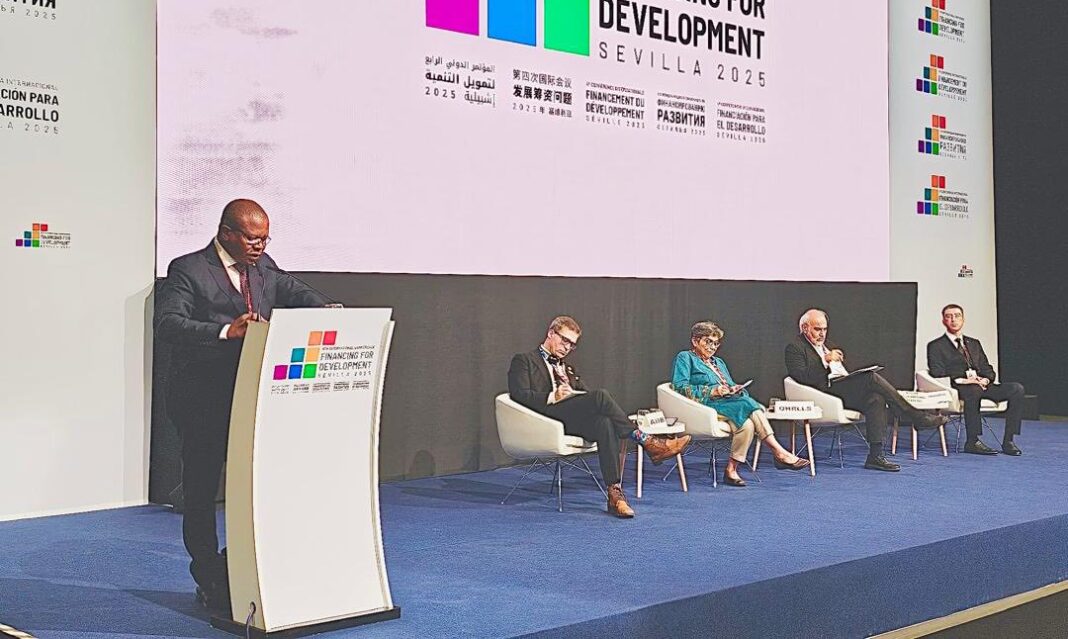Eswatini is aggressively pursuing the development of its mining sector in a bid to diversify the economy and bolster export growth.
Minister of Commerce, Industry and Trade, Manqoba Khumalo, noted the launch of a strategic initiative to exploit untapped mineral resources, including coal, gold, and quarry stone—with a focus on sustainable extraction and export-oriented processing.
He was speaking during the ministerial meeting of landlocked developing countries at the Fourth International Conference on Financing for Development, held in Seville, Spain. The conference was themed ‘Financing a New Decade of Development for Landlocked Developing Countries’.
Khumalo said the gathering was a critical juncture and a defining moment for the 32 landlocked developing countries (LLDCs), which are home to 626 million people. By 2030, he said, they aim to increase mining’s contribution to gross domestic product (GDP) substantially through:
– Targeted investments in modern mining technologies
– Streamlined licensing processes to attract foreign investors
– Partnerships to develop value-added processing facilities
“These efforts will enhance our export portfolio and reduce reliance on the fast-moving consumer goods (FMCG) and agriculture sectors,” he said. “They will also create thousands of jobs, further strengthening economic resilience.”
Also Read: Sugar production surge by 5%
To close the financing gap, the minister called for innovative approaches beyond traditional mechanisms. He noted that Eswatini is enhancing domestic resource mobilisation by reforming tax systems and improving revenue collection to fund critical infrastructure, including mining and manufacturing facilities.
However, Khumalo emphasised that domestic efforts alone are not enough—hence Eswatini’s support for the proposed Infrastructure Investment Finance Facility (IIFF), as outlined in the Awaza Programme of Action (APoA) for 2024–2034. This framework, he said, offers a beacon of hope and outlines a transformative path for nations like Eswatini.
“For Eswatini, this could mean transformative investments in roads, railways and digital connectivity—unlocking our potential as a regional trade hub for both FMCG and mineral exports,” he said.
He further highlighted the upcoming third United Nations Conference on LLDCs, scheduled to take place in one month in Awaza, Turkmenistan, where this vision is expected to be translated into action.
“Today, we must seize this opportunity to address the unique challenges of LLDCs with bold, innovative solutions,” Khumalo urged.
He also pointed out that geographic constraints are not a choice but a reality that demands ingenuity. The APoA, he said, provides a roadmap built around five priority areas:
– Trade facilitation
– Structural transformation
– Transport connectivity
– Technology
– Climate resilience
Khumalo reiterated Eswatini’s commitment to this vision, citing the National Development Plan (NDP), which emphasises infrastructure development—particularly the planned railway link to regional ports. This, he said, would reduce trade costs and boost market access for FMCG exports.
He concluded by noting that investments in renewable energy, such as solar projects targeting rural communities, are aligned with the APoA’s focus on climate resilience.








